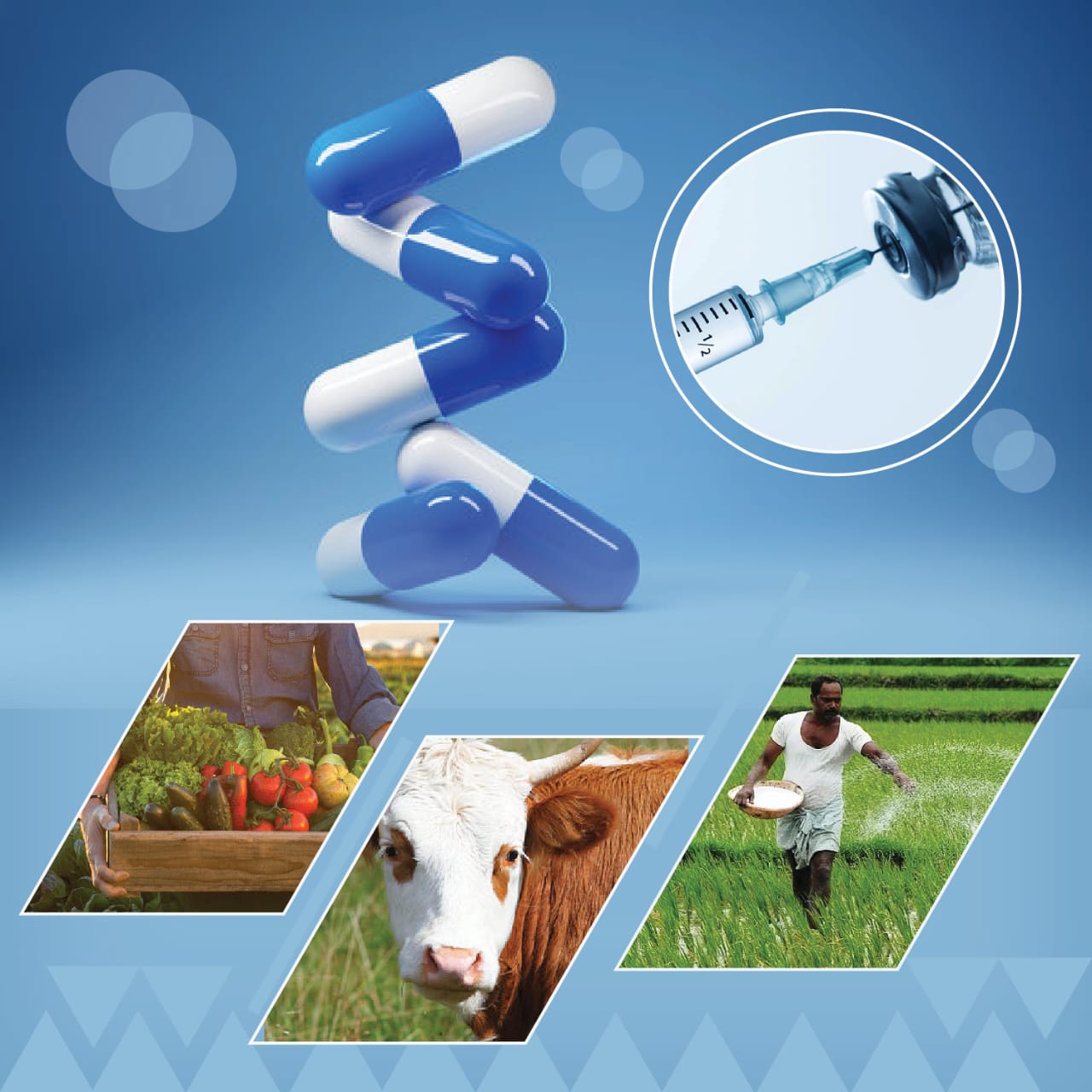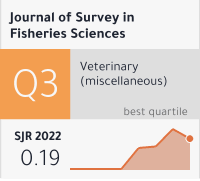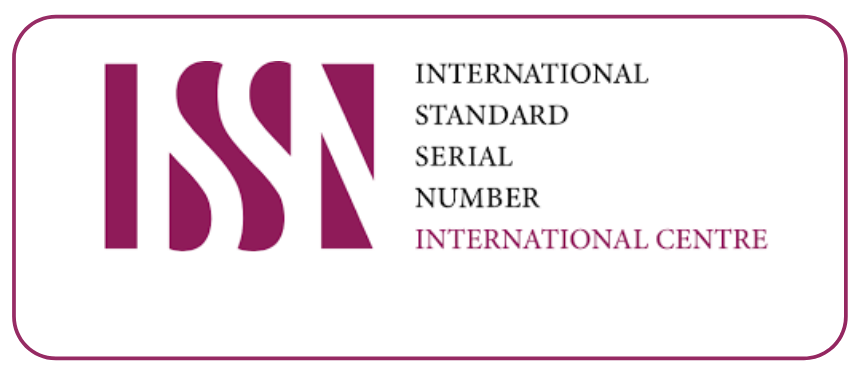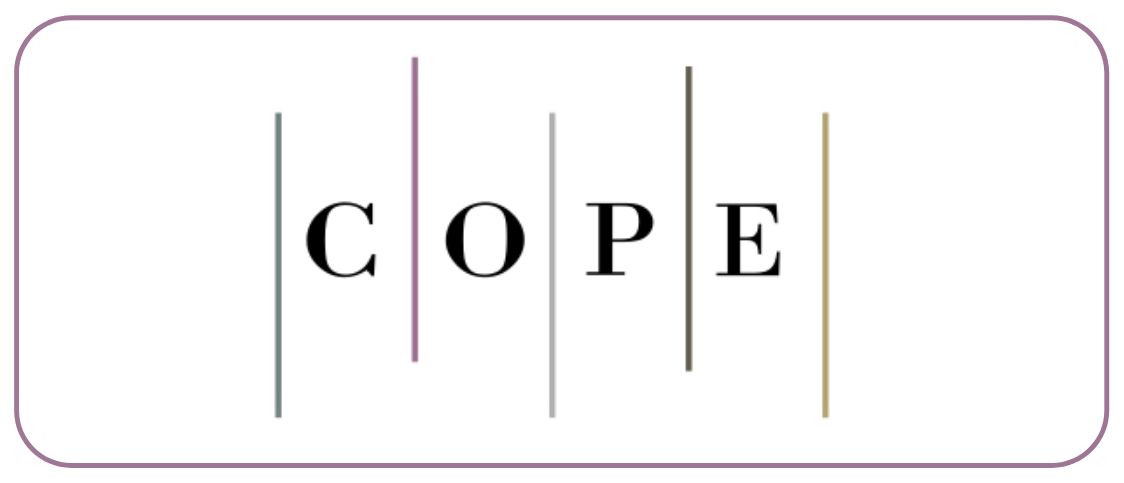Enhancement of Photostability of Riboflavin by Complexation Techniques
DOI:
https://doi.org/10.53555/sfs.v10i3.3385Keywords:
Riboflavin, photo degradation, kinetics, photostability, cyclodextrin complexes.Abstract
Objective: The present research aims towards studying the formulation and evaluation of Riboflavin-2-hydroxypropy-β-cyclodextrin complexes in increasing its stability and dissolution which is susceptible to degrade in the presence of light.
The present research focuses on the formulation and comprehensive evaluation of Riboflavin-2-hydroxypropyl-β-cyclodextrin (HPβCD) complexes to enhance the stability and dissolution profile of riboflavin, a water-soluble vitamin (Vitamin B2) that is highly susceptible to photodegradation. Riboflavin undergoes rapid degradation when exposed to light, leading to reduced bioavailability and therapeutic efficacy.
Materials and Methods: Riboflavin-2-hydroxypropy-β-cyclodextrin complexes in three ratios 1:1, 1:2 and 2:1 were prepared by kneading method and characterized by FT-IR, DSC and XRD. the pure drug and inclusion complex formulation were simultaneously subjected to accelerated photostability studies according to Q1B ICH 1996 guidelines. The samples were withdrawn in duplicate every day for seven days and were analyzed for the quantitative estimation of riboflavin by UV visible spectrophotometer method and the results were compiled.
Result and conclusion: After the seventh day the percentage drug degraded in the 1:1complexes at 25˚C, 40˚C and 4˚C was 54.15%, 37.03%, and 67.77% respectively. In the end of seventh day pure drug at 25˚C, 40˚C and 4˚C degraded to was 24.05%, 18.35%, and 29.14%. The photo degradation follows1st order kinetics.









